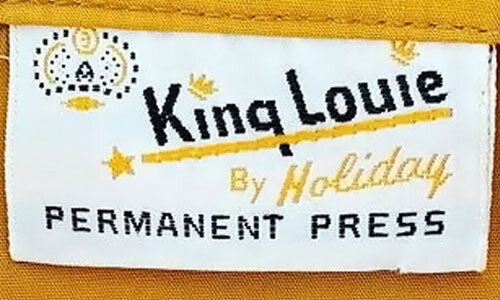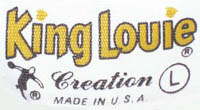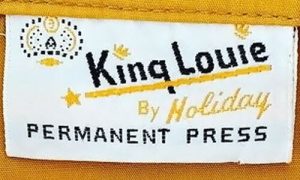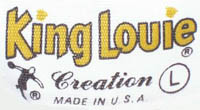King Louie was owned by the Lerner Brothers Manufacturing Company of Kansas City, Missouri. Lerner Brothers had been established in 1937 as a maker of caps. By 1948 they were making gabardine bowling shirts under the King Louie label. This was a part of their holiday sportswear division. According to company lore, the company began making bowling shirts when owner Victor Lerner joined a bowling league and his team needed shirts.
King Louie had an interesting advertising slogan: “Shoot 300 for 300 Dollars.” The company promised to pay $300 to any bowler who bowled a perfect game while wearing a King Louie shirt.
By the early 1960s King Louie was the largest producer of bowling shirts in the world. The company suffered after the popularity of bowling faded in the 1960s and after bowlers turned to knit shirts. The company managed to stay in business, however, though it was sold at some point by the Lerner family. In 2007 it was bought by Michael Lerner, the son of one of the original owners.
Written by lkranieri









